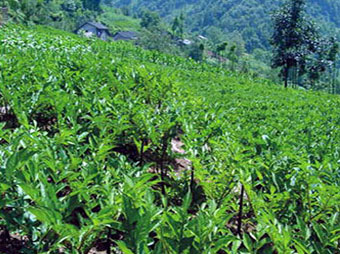





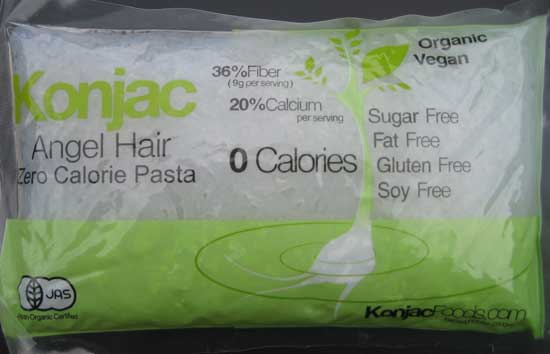







































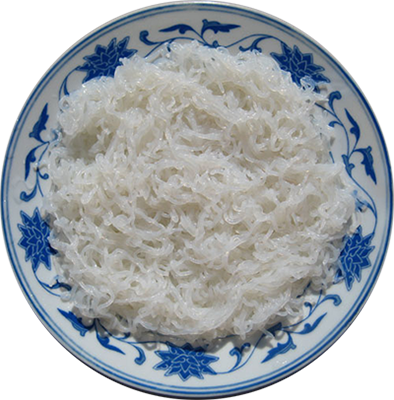
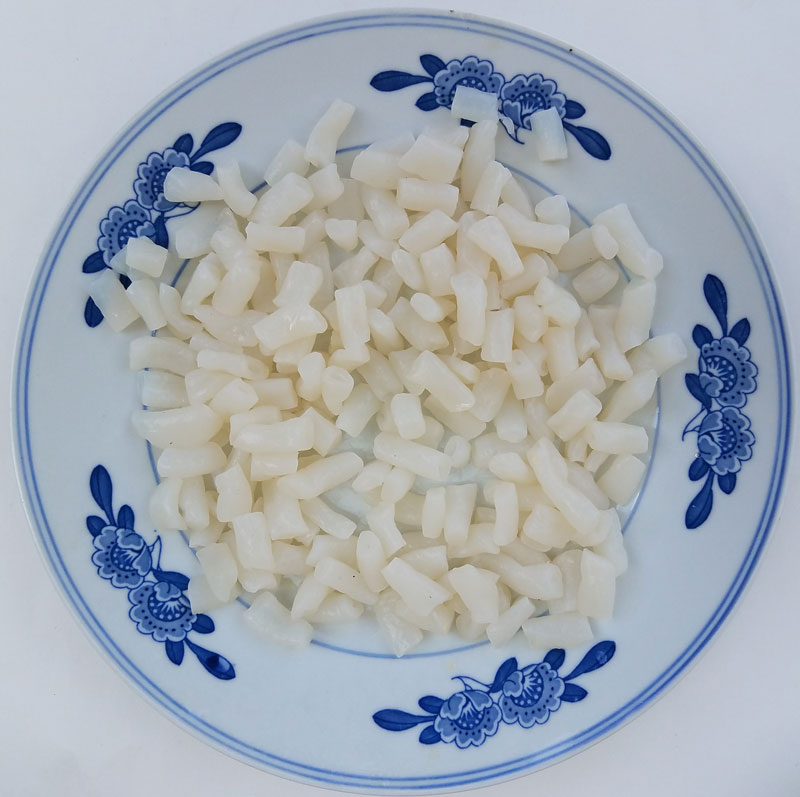
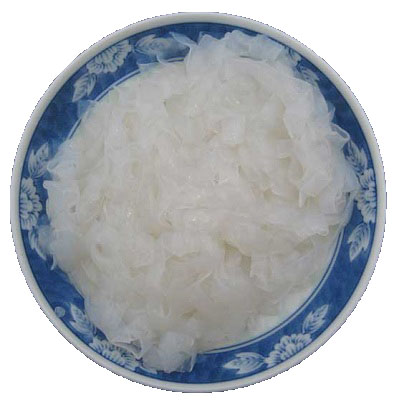
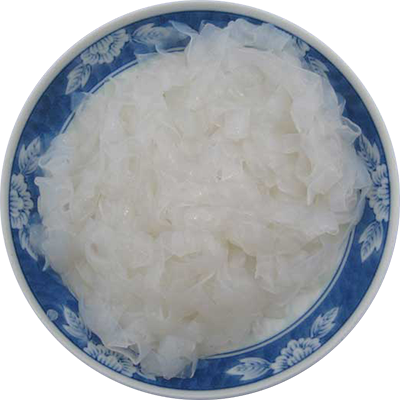
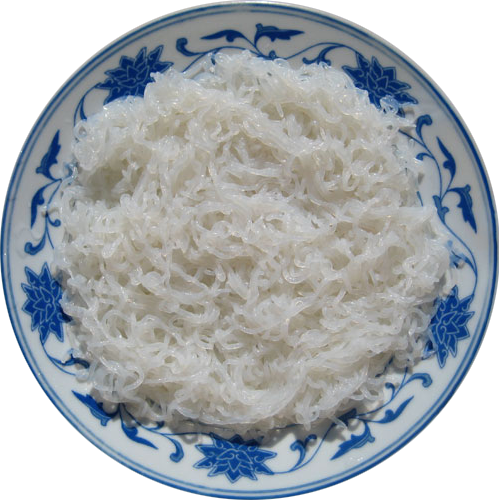

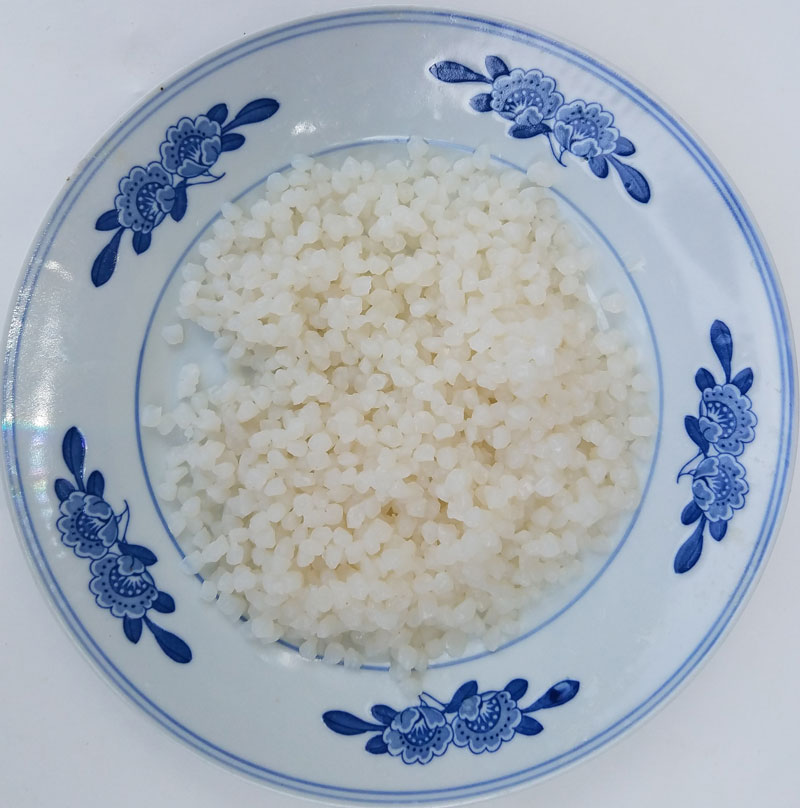
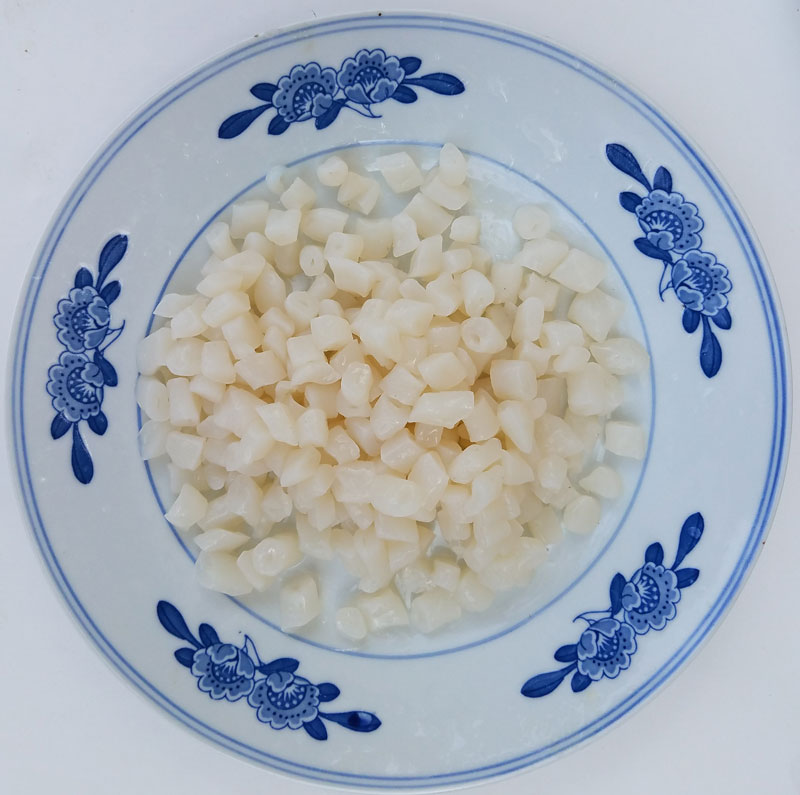
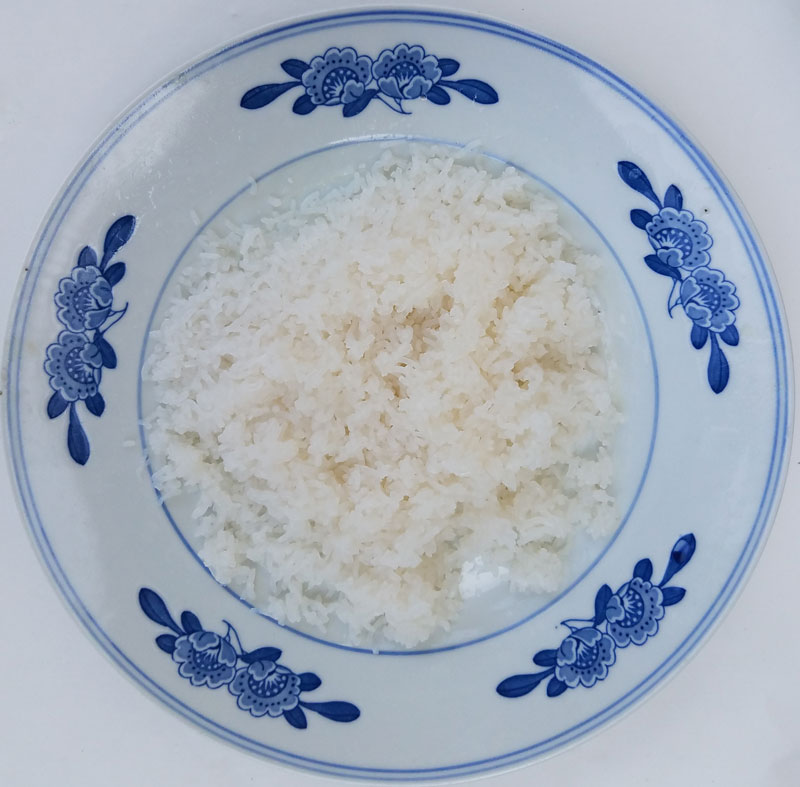

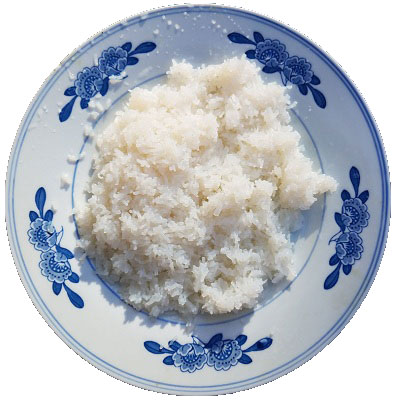
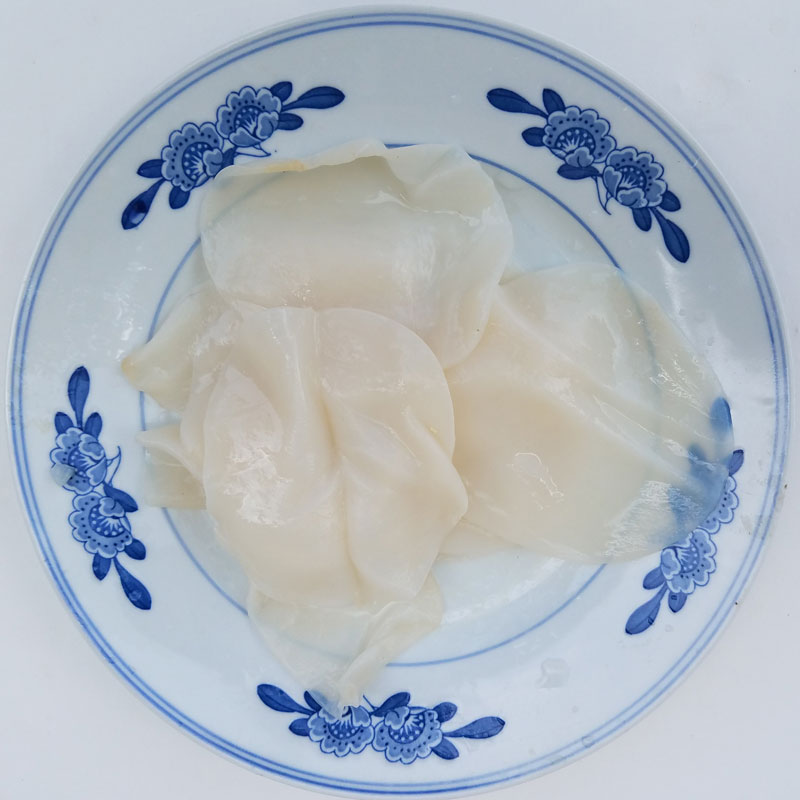
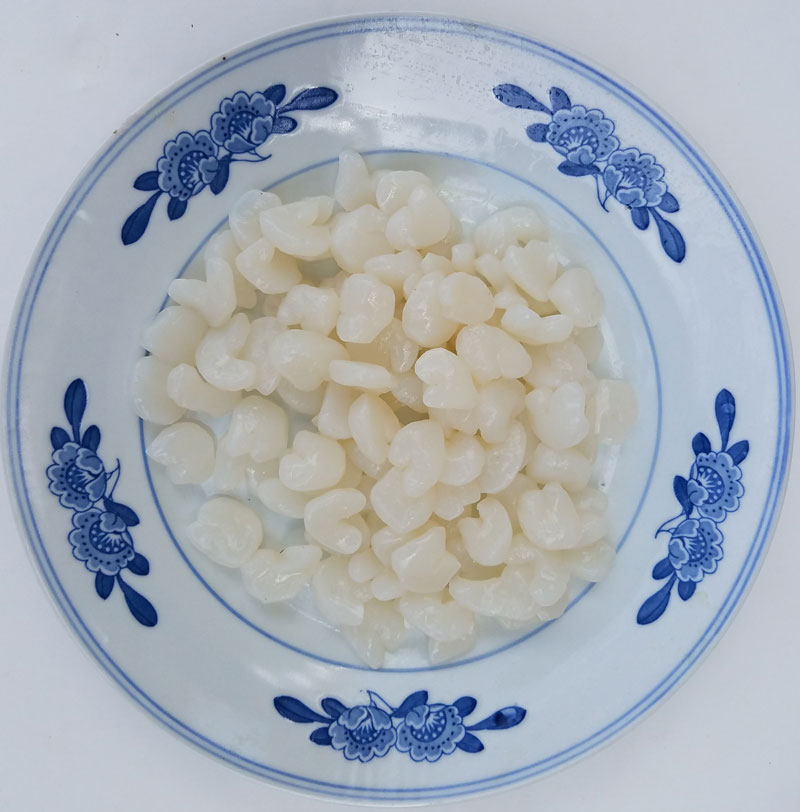


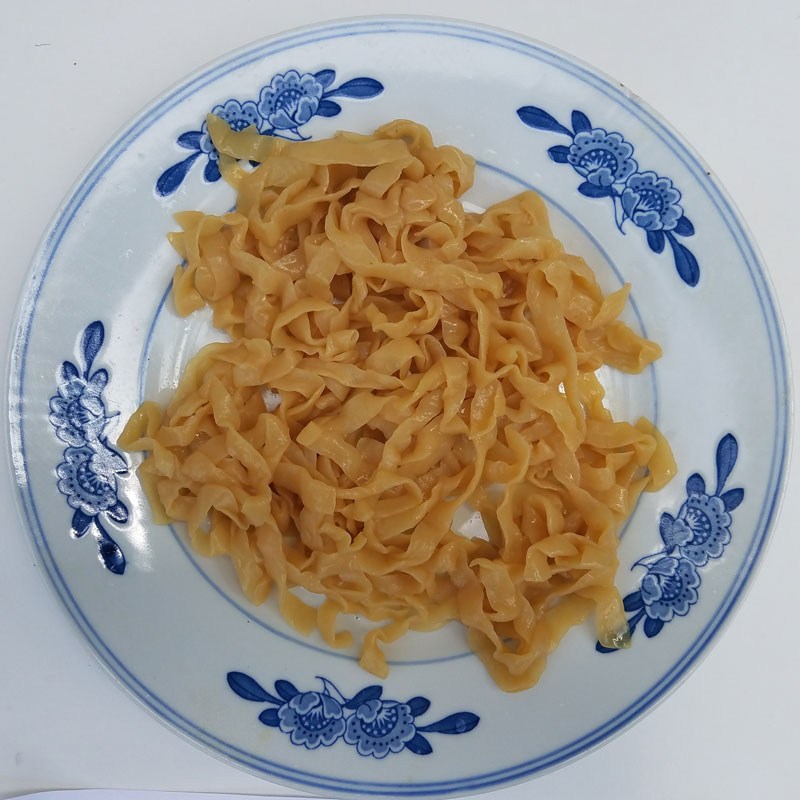

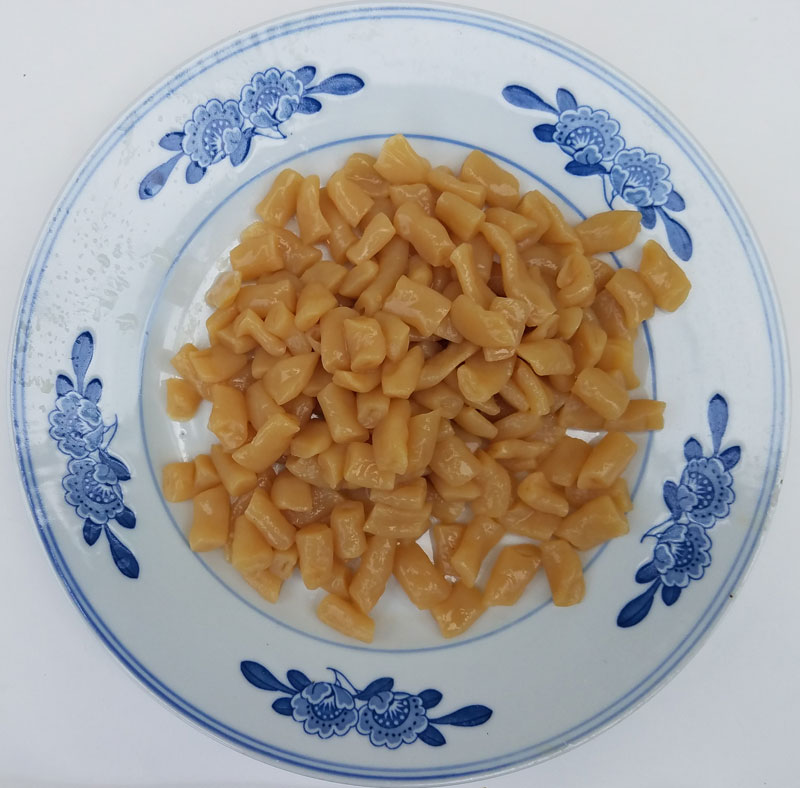
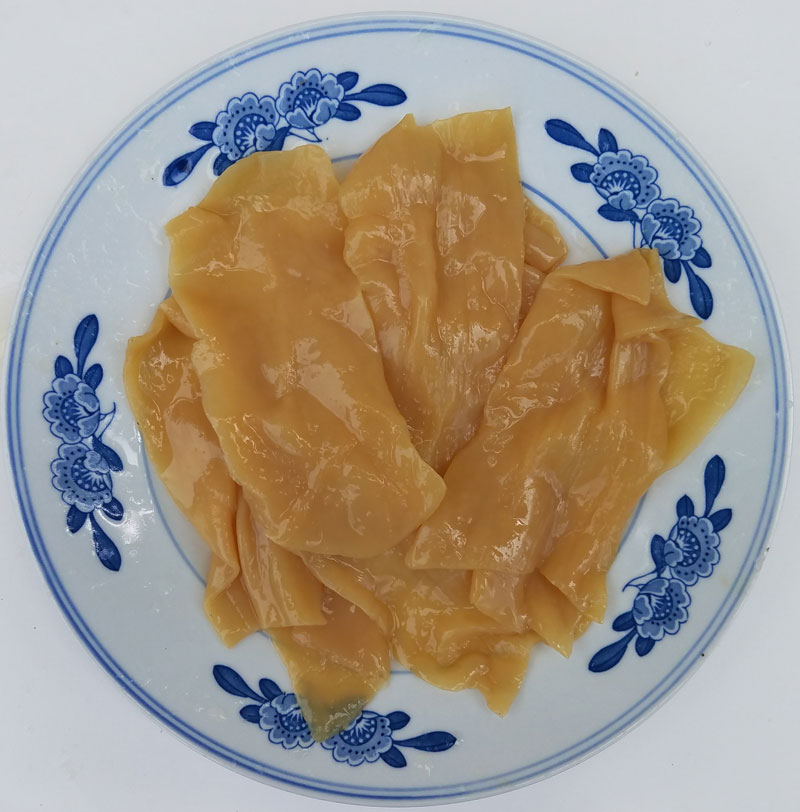

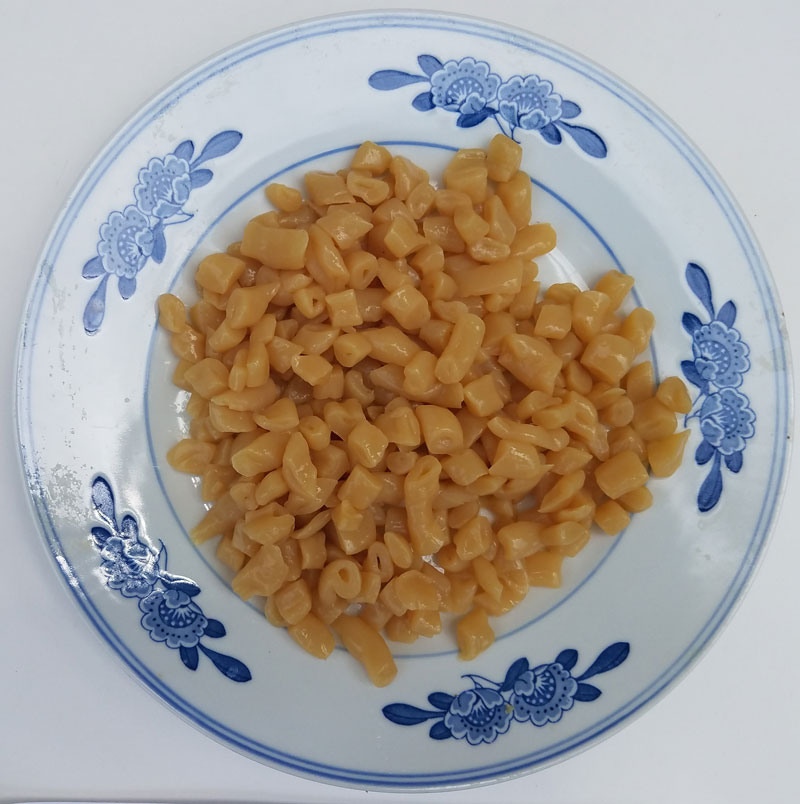
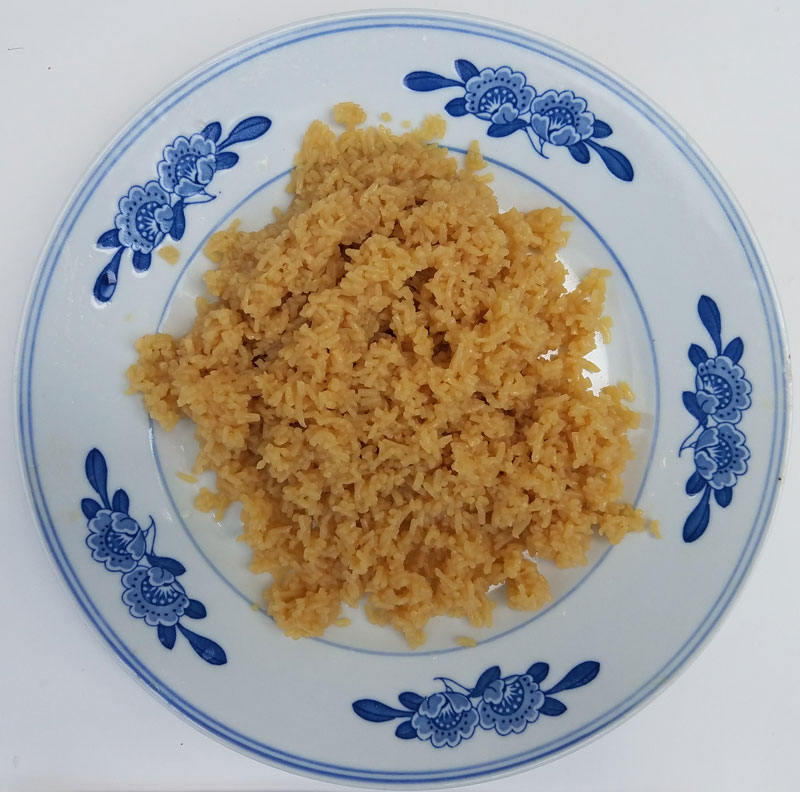
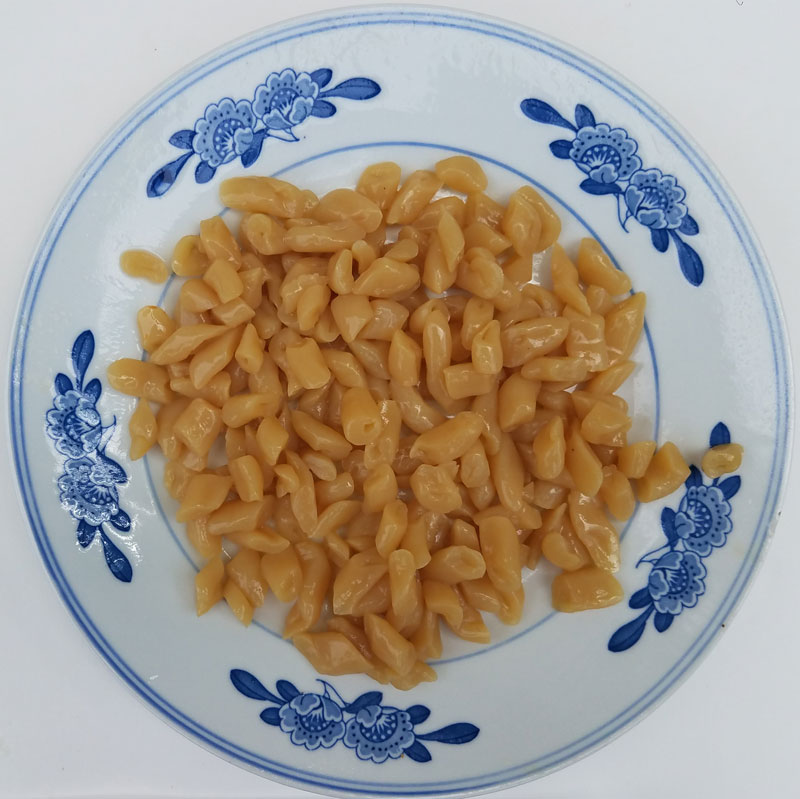
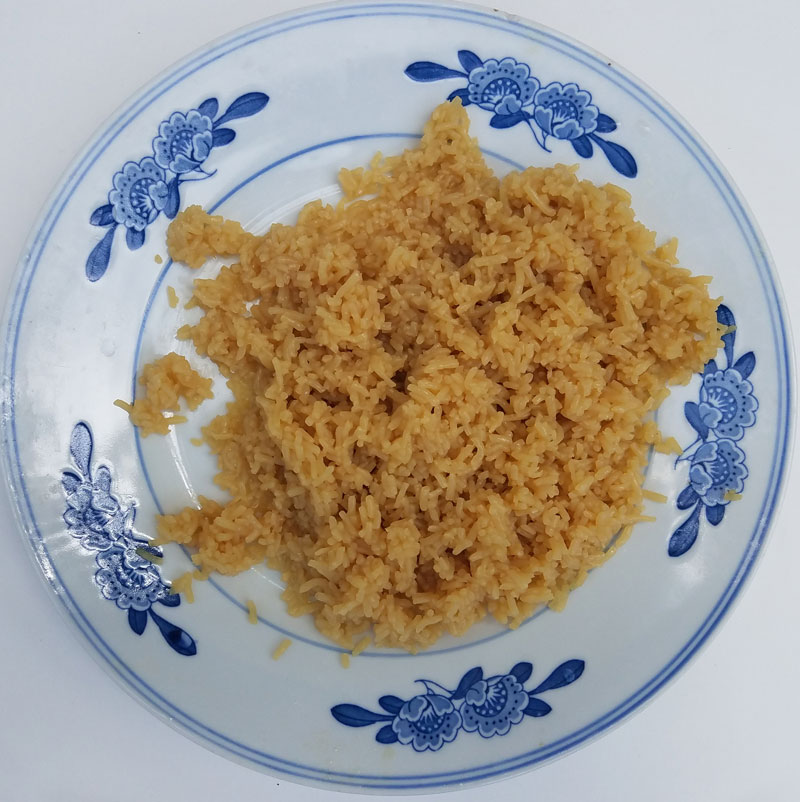
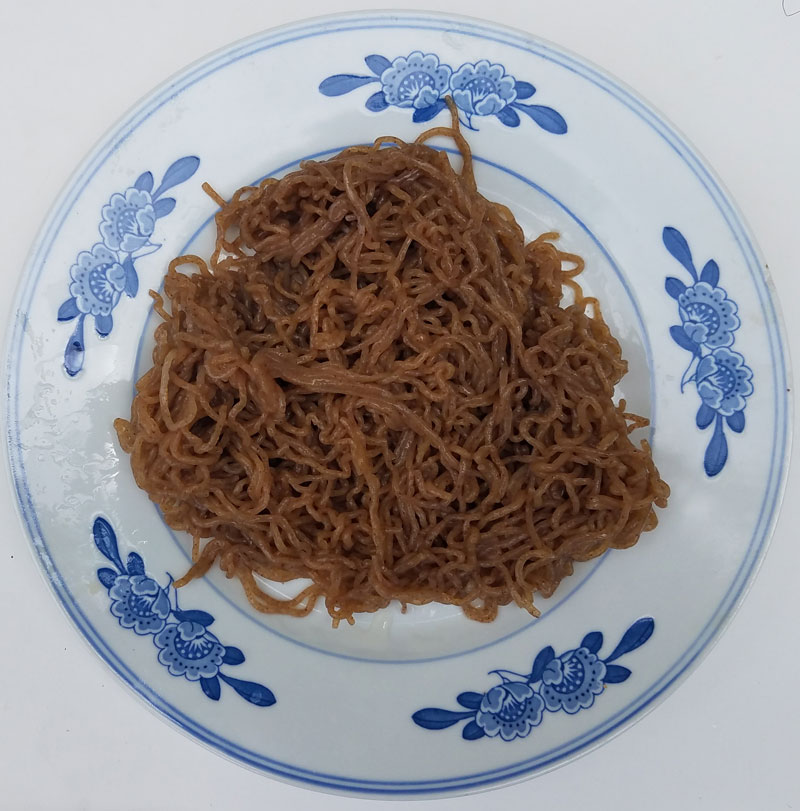
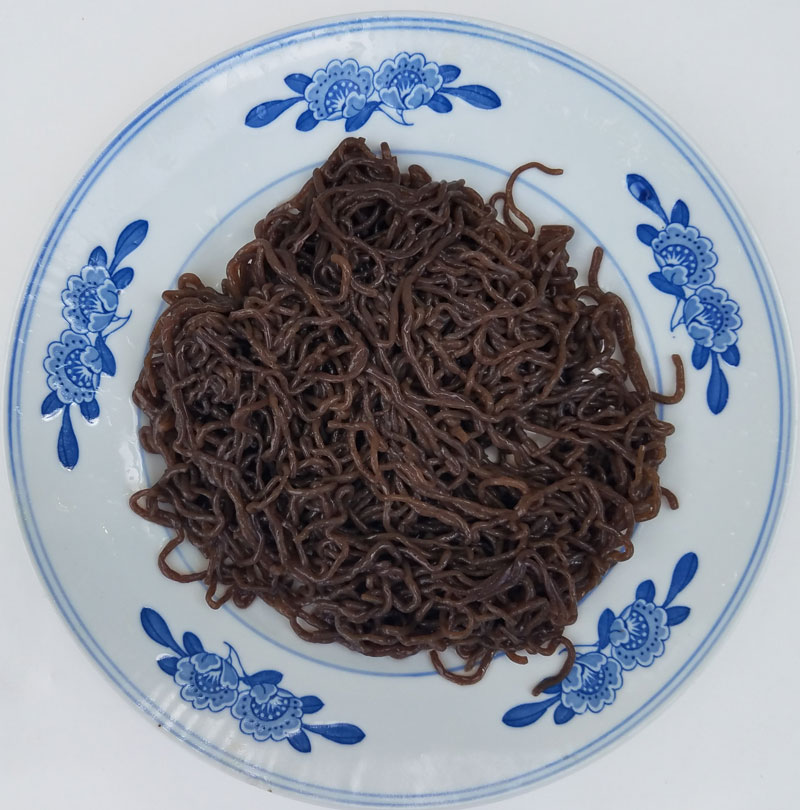
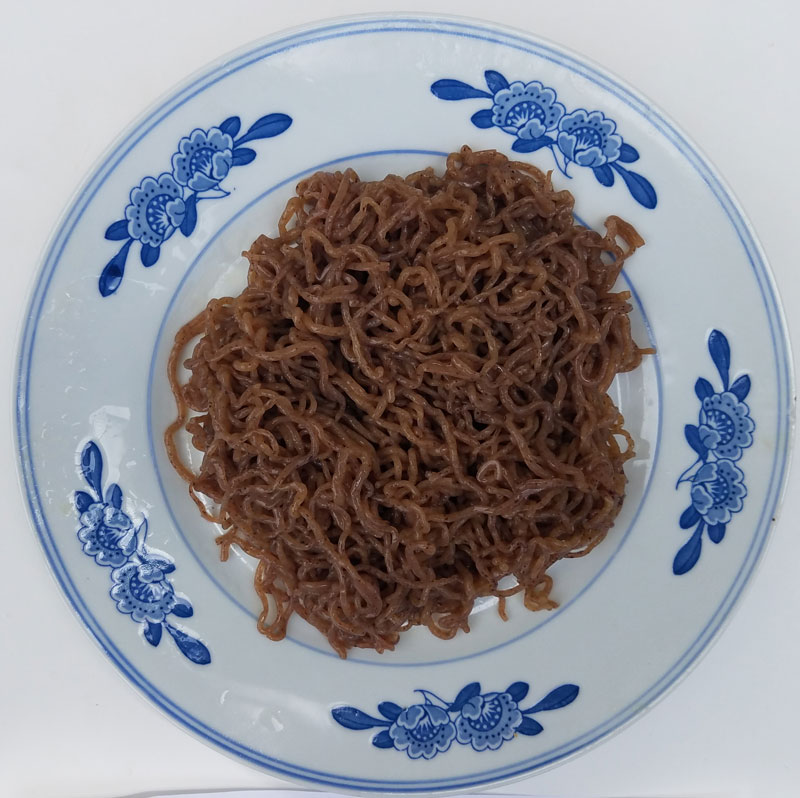
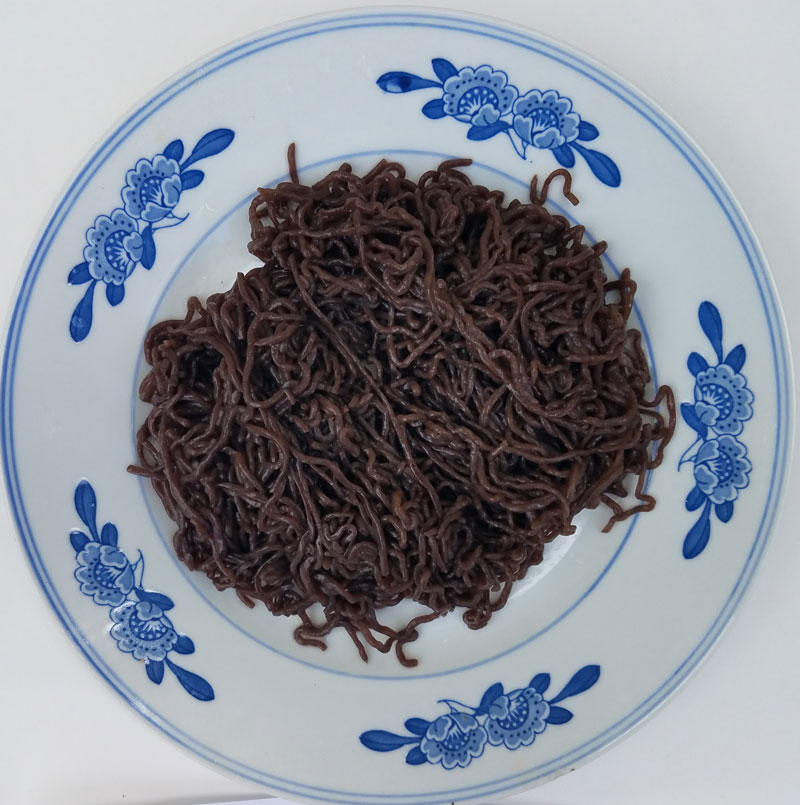
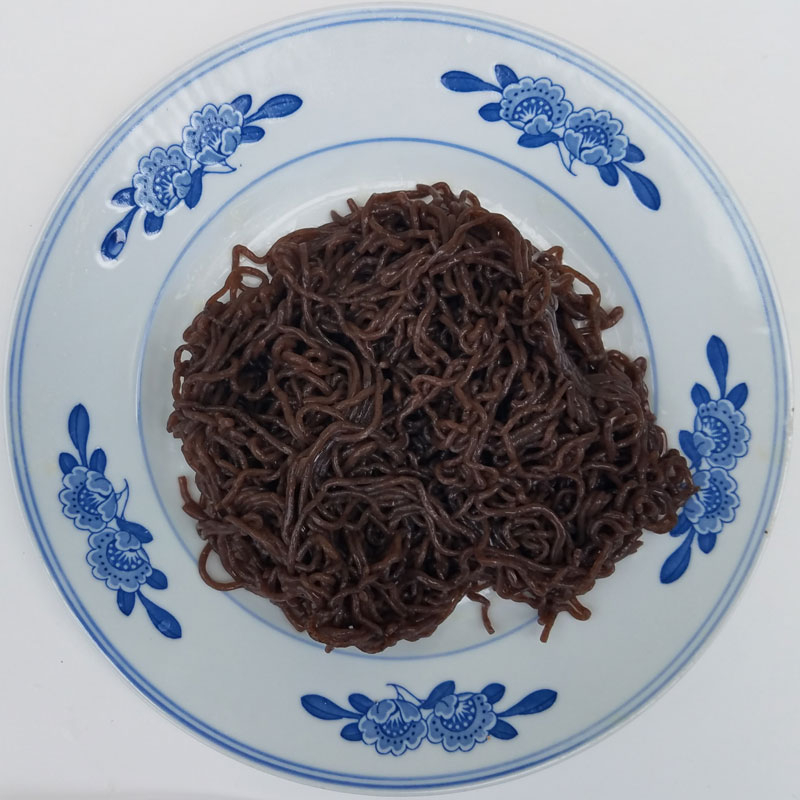
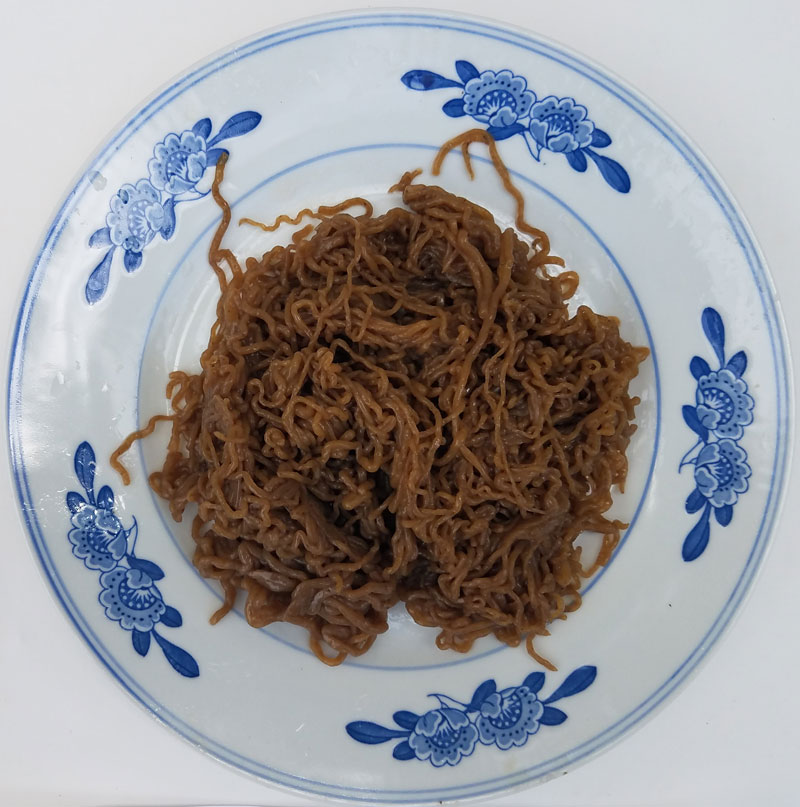
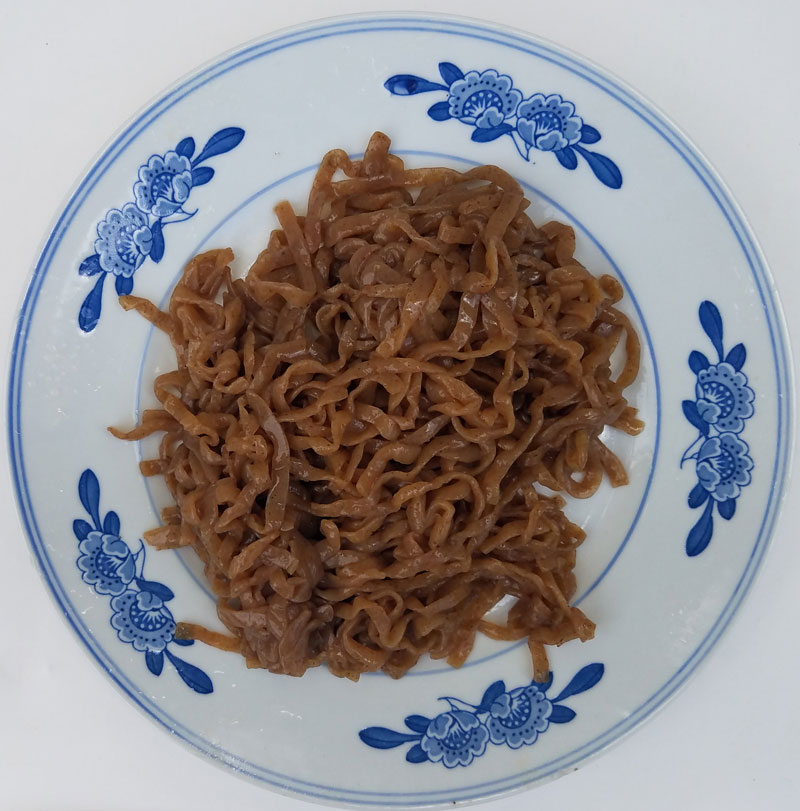
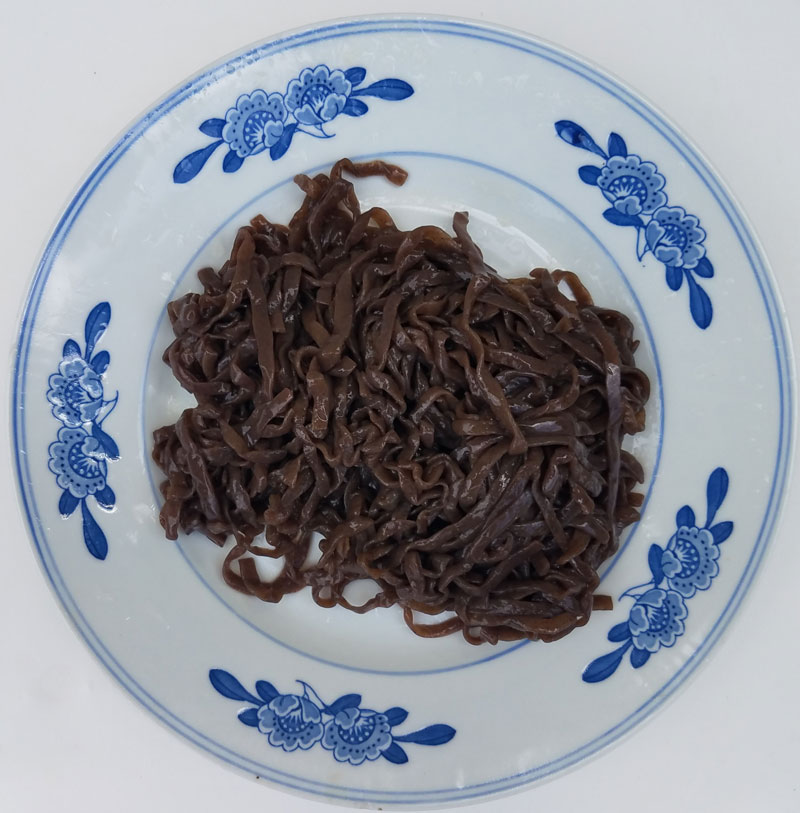
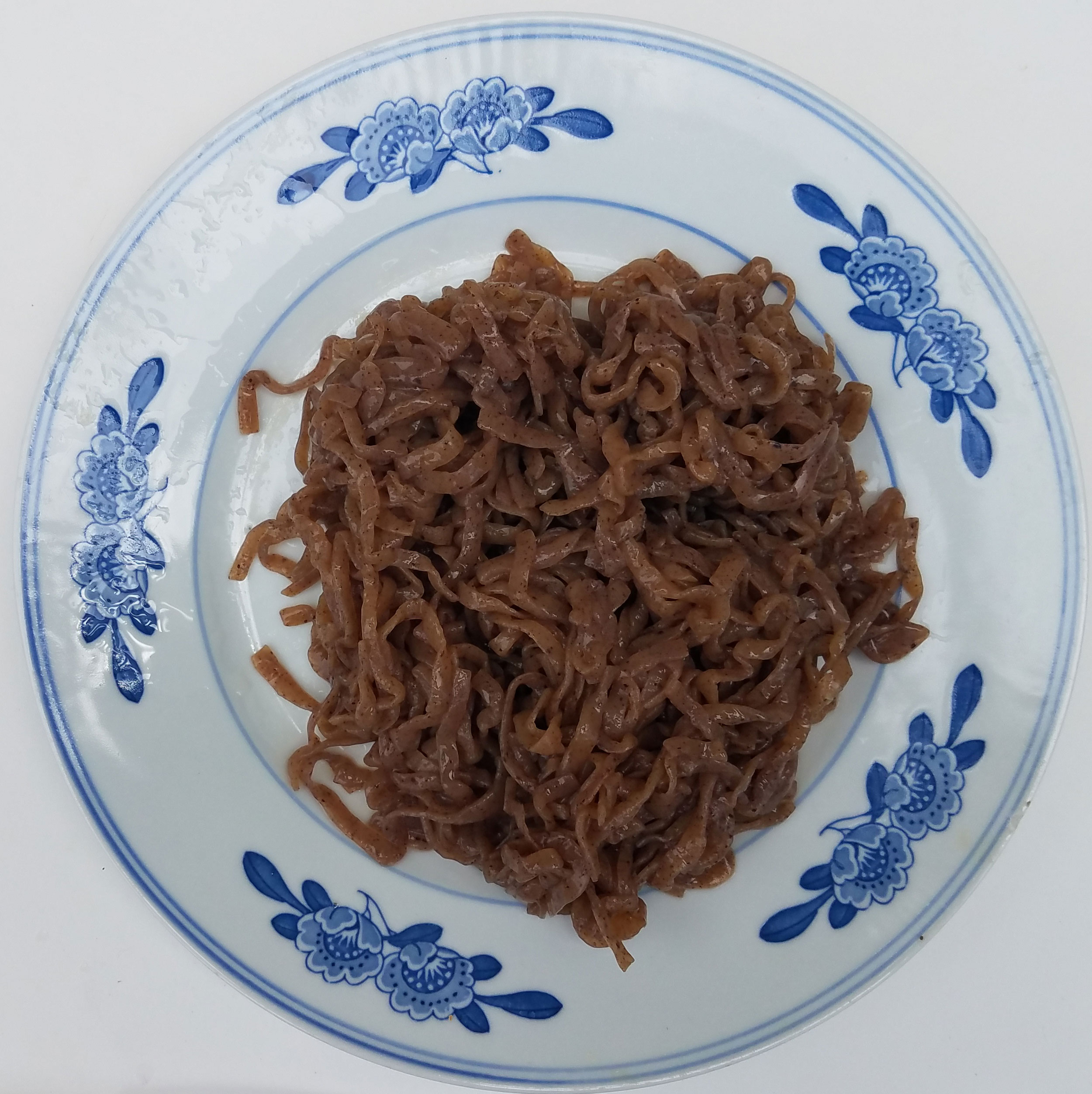
Konjac glucomannan (KGM) is a water-soluble dietary fiber derived from the root of the Konjac plant. Konjac foods, also called Shirataki Nooldes In Japan, made from Konjac Glucomannan, are traditional Chinese foods with a history spanning over two thousand years. Referred to as Moyu or Juruo in China, and Konnyaku or Shirataki Noodles in Japan, Konjac foods are a popular health food in the Asian markets.
Konjac foods - Shirataki noodles ....
Konjac is a kind of plant that can live upto 3 years long, it mostly grows in the Southwest China mountainious region, the same beautiful area where Pandas live, Konjac plant has a very nice flower and fruit. The konjac root (tube) is rich of glucomannan fiber, 40-60% dried konjac root is glucomannan fiber.



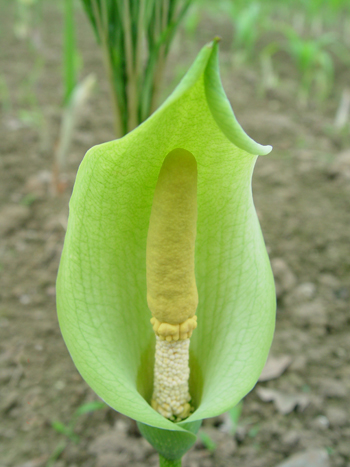
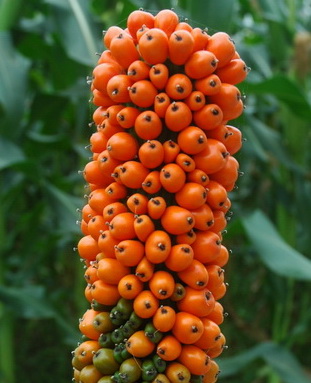
Konjac is a kind of plant that can live upto 3 years long, it mostly grows in the Southwest China mountainious region, the same beautiful area where Pandas live, Konjac plant has a very nice flower and fruit. The konjac root (tube) is rich of glucomannan fiber, 40-60% dried konjac root is glucomannan fiber.

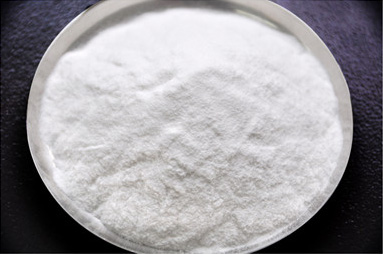

Konjac Glucomannan is the most viscosity soluble fiber in nature - it forms an extremely viscous solution.
Konjac Glucomannan has the highest molecular weight of any dietary fiber known to science - molecular weight is between 200,000-2,000,000 Daltons.
Konjac Glucomannan has the highest water holding capacity of any soluble fiber - up to 100 times its own water weight.
Konjac Glucomannan can form either a reversible or a thermo-non-reversible gel.
The US Food and Drug Administration has approved food manufacturer use of the following information on product labels:
The American Dietetic Association recommends that people consume 20 to 35 grams of fiber per day, of which 5 to 10 grams should be soluble fiber. However, Americans typically average only about 12 to 17 grams of total fiber and only 3 to 4 grams of soluble fiber a day - about half the recommended amount.
Soluble fiber is the only known food component that will lower blood cholesterol when you add more to your diet. Foods high in soluble fiber help prevent sugar from rising too high after meals by keeping food in the stomach longer. Sugar is absorbed more slowly, preventing free fatty acids and triglycerides from rising too high after meals. Free fatty acids bind to insulin receptors and prevent insulin from doing its job of driving sugar from the bloodstream into cells. In addition, soluble fiber does the following:
Research proves that the higher the viscosity of soluble fiber, the better the control of blood sugar level in patients with Type 2 diabetes:
Beneficial effects of high dietary fiber intake in patients with type 2 diabetes mellitus.
"A high intake of dietary fiber, particularly of the soluble type, above the level recommended by the ADA, improves glycemic control, decreases hyperinsulinemia, and lowers plasma lipid concentrations in patients with type 2 diabetes"
Dietary fiber and type 2 diabetes.
"Water-soluble fiber appears to have a greater potential to reduce postprandial blood glucose, insulin, and serum lipid levels than insoluble fiber. Viscosity of the dietary fiber is important; the greater the viscosity, the greater the effect. "
Glucomannan minimizes the postprandial insulin surge: a potential adjuvant for hepatothermic therapy.
"Glucomannan (GM) is differentiated from other soluble fibers by the extraordinarily high viscosity of GM solutions. Administration of 4-5g of GM with meals, blended into fluid or mixed with food, can slow carbohydrate absorption and dampen the postprandial insulin response by up to 50%. "
Konjac-mannan (glucomannan) improves glycemia and other associated risk factors for coronary heart disease in type 2 diabetes. A randomized controlled metabolic trial.
"KJM fiber added to conventional treatment may ameliorate glycemic control, blood lipid profile, and SBP in high-risk diabetic individuals, possibly improving the effectiveness of conventional treatment in type 2 diabetes"
PDF FormatBeneficial effects of viscous dietary fiber from Konjac-mannan in subjects with the insulin resistance syndrome: results of a controlled metabolic trial.
"A diet rich in high-viscosity KJM improves glycemic control and lipid profile, suggesting a therapeutic potential in the treatment of the insulin resistance syndrome."
PDF FormatKonjac supplement alleviated hypercholesterolemia and hyperglycemia in type 2 diabetic subjects--a randomized double-blind trial.
"The KGM supplement improved blood lipid levels by enhancing fecal excretion of neutral sterol and bile acid and alleviated the elevated glucose levels in diabetic subjects. KGM could be an adjunct for the treatment of hyperlipidemic diabetic subjects."
 Are there natural food sources of soluble fiber?
Are there natural food sources of soluble fiber?Soluble fiber is found in oats, oatmeal, oat bran, beans, legumes, barley, citrus fruits, and psyllium. It can also be found in gums, including; Konjac gum, vegetable gum, pectin, guar gum and gum Arabic. But generally, most have only a small percentage soluble fiber. Oat bran contains the highest level of soluble fiber, about 14%. All other grains contain much less. In comparison, fresh Konjac contains an average of 13% dry matter, of which 64% is glucomannan, making glucomannan the richest soluble fiber resource in nature.
 How can Konjac Glucomannan powder be used?
How can Konjac Glucomannan powder be used?Drink it with water:
Three times daily before each meal, briskly stir one level teaspoon konjac powder (about 4 gram) in 1 cup water, drink immediatly before the begins to gel.
Use it as thickener:
Like cornstarch, but with 10 times the viscosity, Konjac Glucomannan powder thickens sauces, gravies, puddings and pie fillings without affecting taste. Konjac Glucomannan is easy to use, dissolving easily into hot or cold liquids.
 Can Konjac pasta be made at home?
Can Konjac pasta be made at home?In addition to buying Konjac foods in the super market or online, you can them make them yourself. You can easily prepare Konjac foods at home using the following simple recipe: Ingredients
Procedure:
Pour 2 cups of cold water into a pot. Stir in a 1/8 teaspoon of pickling lime. Then, add 2 teaspoon of Konjac Glucomannan powder, stirring continuously to a boil. Boil the mixture for about 3 minutes. Remove from heat. A thermally stable (non-reversible) gel is formed once the mixture cools down. Cut gel into small pieces, dip in water or steam about 3-5 minutes and then cook in the way you like.
 How is Konjac pasta prepared?
How is Konjac pasta prepared?Konjac pasta can be boiled or cooked with vegetables, meat, or seafood. It can then be tossed with sauces, vinegar, hot salsa, or ingredients like pepper, onion, or garlic. To prepare Konjac pasta, simply dip it in water for 3-5 minutes, and then prepare it any way you like.